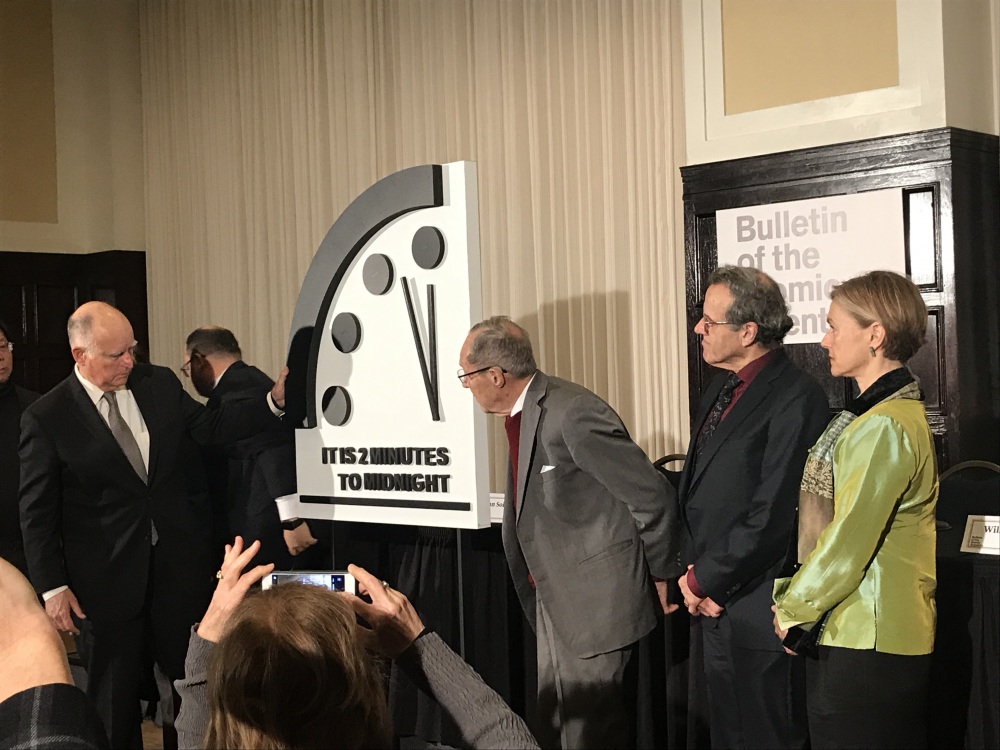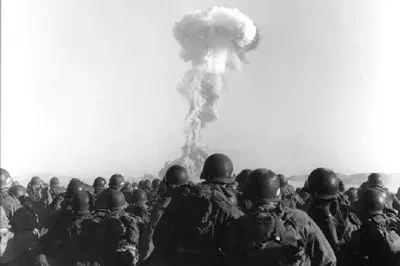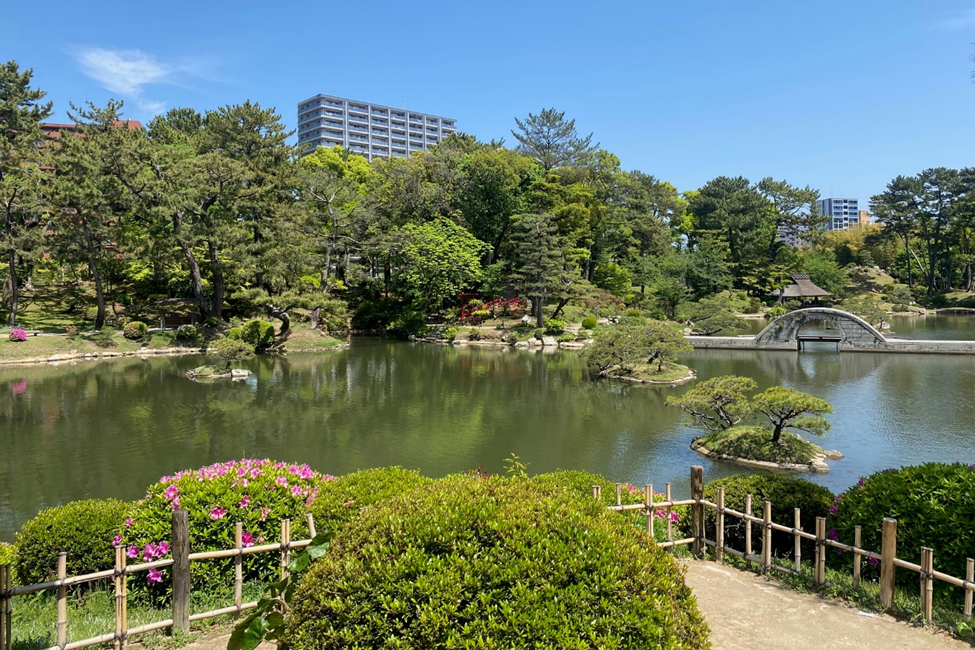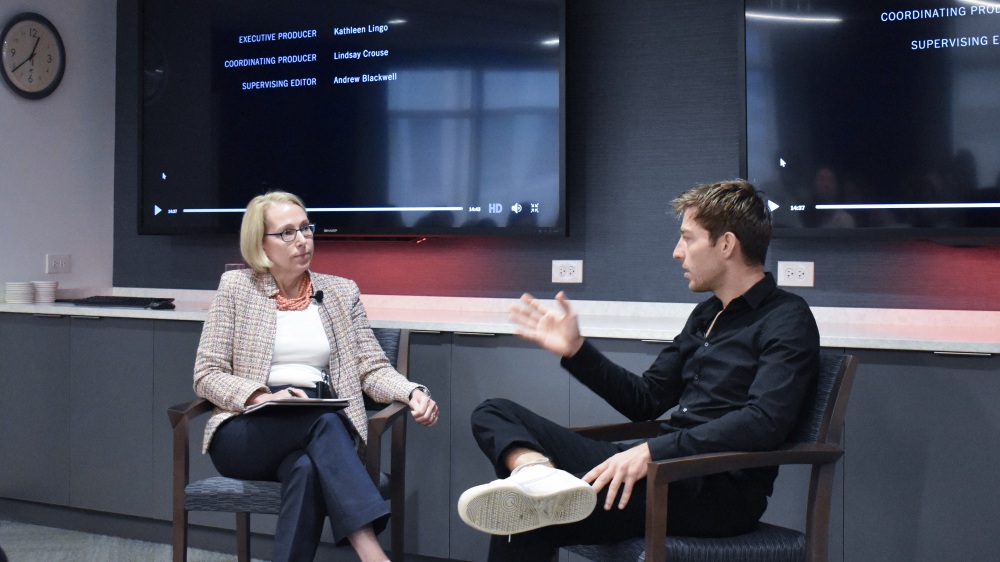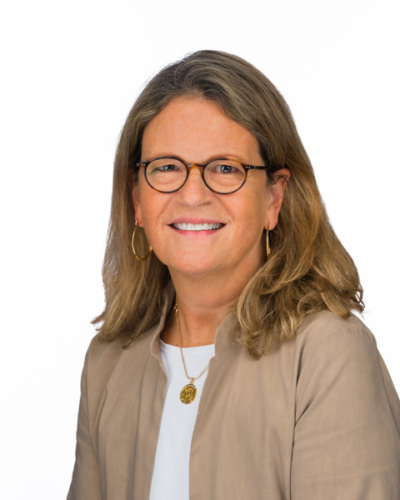
Mimi Hall
Vice President, Communications
Atomic Pulse
Warning of a dangerous “new abnormal” where existential risks posed by nuclear weapons and climate change are ignored or denied, the Bulletin of Atomic Scientists on Thursday kept its Doomsday Clock at two minutes to midnight – the same setting as last year and as close as the world has been to symbolic annihilation since the height of the Cold War.
“We are almost like travelers on the Titanic, not seeing the iceberg up ahead but enjoying the elegant dining and the music,” said former
California Governor Jerry Brown, executive chair of the Bulletin and an NTI Board Member. “We’ve got to wake people up.”
The Bulletin’s Doomsday Clock, which was first set in 1947, serves as a metaphoric reminder of how close experts believe the world is to
destruction through the use or misuse of dangerous technologies. This year’s setting remains the closest the clock has been to midnight since 1953 when the United States and the former Soviet Union began testing nuclear weapons.
“Though unchanged from 2018, this setting should be taken not as a sign of stability but as a stark warning to leaders and citizens
around the world,” said Rachel Bronson, the Bulletin’s president and CEO.
Experts at the Bulletin’s announcement explained the threats behind the Doomsday Clock’s determination, and included a notable addition from last year: the dangers posed by nuclear weapons and climate change are exacerbated by an escalating information warfare that undermines democracies and fact-based political discourse.
Herb Lin, a cybersecurity expert and member of the Bulletin’s Science and Security Board, said the distortion of facts and intentional corruption of information aggravates today’s dangers. Noting that propaganda and lies date back to the biblical age, he said in the age of the internet, cyber-enabled information warfare is far more dangerous.
On the nuclear front, although tensions with North Korea have been defused over the past year, the Bulletin’s experts cited a host of areas where risks are increasing or progress is stalled, and they urged global leaders and elected officials to work to #RewindtheDoomsdayClock. Experts cited relations between the US and Russia as a particular cause for concern, recommending that US and Russian leaders: return to the negotiating table to resolve difference over compliance with the Intermediate-Range Nuclear Forces (INF) Treaty; extend the New START Treaty and seek further arms reduction; discuss lowering the nuclear-alert status in both countries; limit nuclear modernization programs; and begin talks on eliminating battlefield or tactical nuclear weapons.
With respect to North Korea’s nuclear program, former U.S. Secretary of Defense William J. Perry, chair of the Bulletin’s Board of Sponsors and an NTI Board member emeritus, said the first summit meeting between President Trump and North Korean leader Kim Jong Un produced “little or no substance” and he does not expect North Korea to relinquish its nuclear weapons as a result of the second summit next month. At the same time, he said talks between the leaders have at least reduced the level of diplomatic hostility.
Despite the decision to keep the Doomsday Clock’s second hand in place for another year, Brown said leaders should make no mistake: “It’s late and getting later.” He vowed to dedicate his time over the next several years to reducing nuclear risks because “we’re playing Russian roulette with humanity and the danger is mounting.”
Sign up for our newsletter to get the latest on nuclear and biological threats.
There is no noise at first, only a flash so bright that the soldiers see their own bones and blood vessels through their skin, as if they have x-ray vision.
"Visiting Hiroshima imparted to me a deep sense of responsibility as well as a renewed energy to work towards a world without nuclear weapons," writes Program Officer Ananya Agustin Malhotra.
Filmmaker Morgan Knibbe screens “The Atomic Soldiers” at NTI
